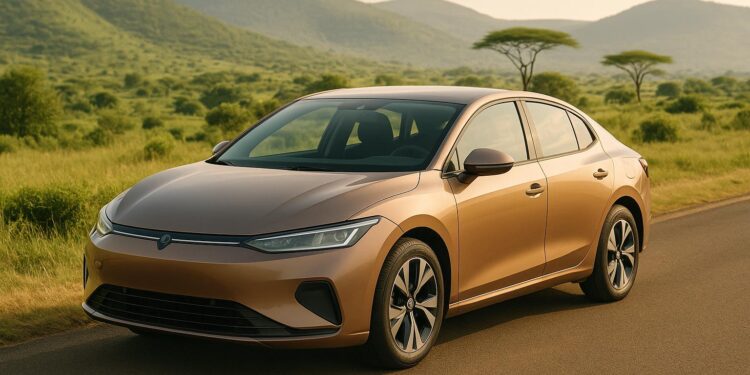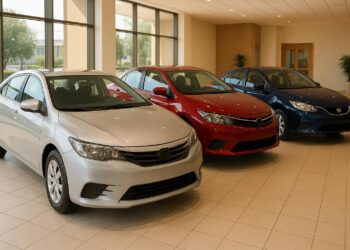Kenya’s electric vehicle (EV) market in 2025 offers more options than ever before, thanks to reduced import duties, better charging infrastructure, and rising fuel costs. Whether you’re on a budget or looking for a premium experience, there’s something for everyone. Here’s a quick look at six EV models available this year:
- Neta V: A compact, affordable SUV with a durable lithium iron phosphate battery and a range suitable for daily commutes.
- BYD Dolphin: A small, practical EV designed for city driving, offering safety-focused battery technology and regenerative braking.
- BYD Sealion 7: A mid-size premium EV with advanced features, targeting buyers seeking a luxury experience.
- MG4: A budget-friendly compact EV with multiple battery configurations and versatile charging options.
- Dongfeng Nami Series: Details are limited, but this series promises variety for Kenyan drivers.
- Nissan Leaf: A well-established mid-range EV with multiple battery options and reliable performance for urban commutes.
Key Considerations:
- EV prices vary from budget to premium.
- Charging infrastructure is growing but still evolving.
- Long-term costs, like battery replacement, should factor into your decision.
Kenya’s EV market is growing rapidly, making now a great time to explore electric options that suit your needs and lifestyle.
Chinese EVs You Can Buy in Kenya – Africa EV Show
1. Neta V
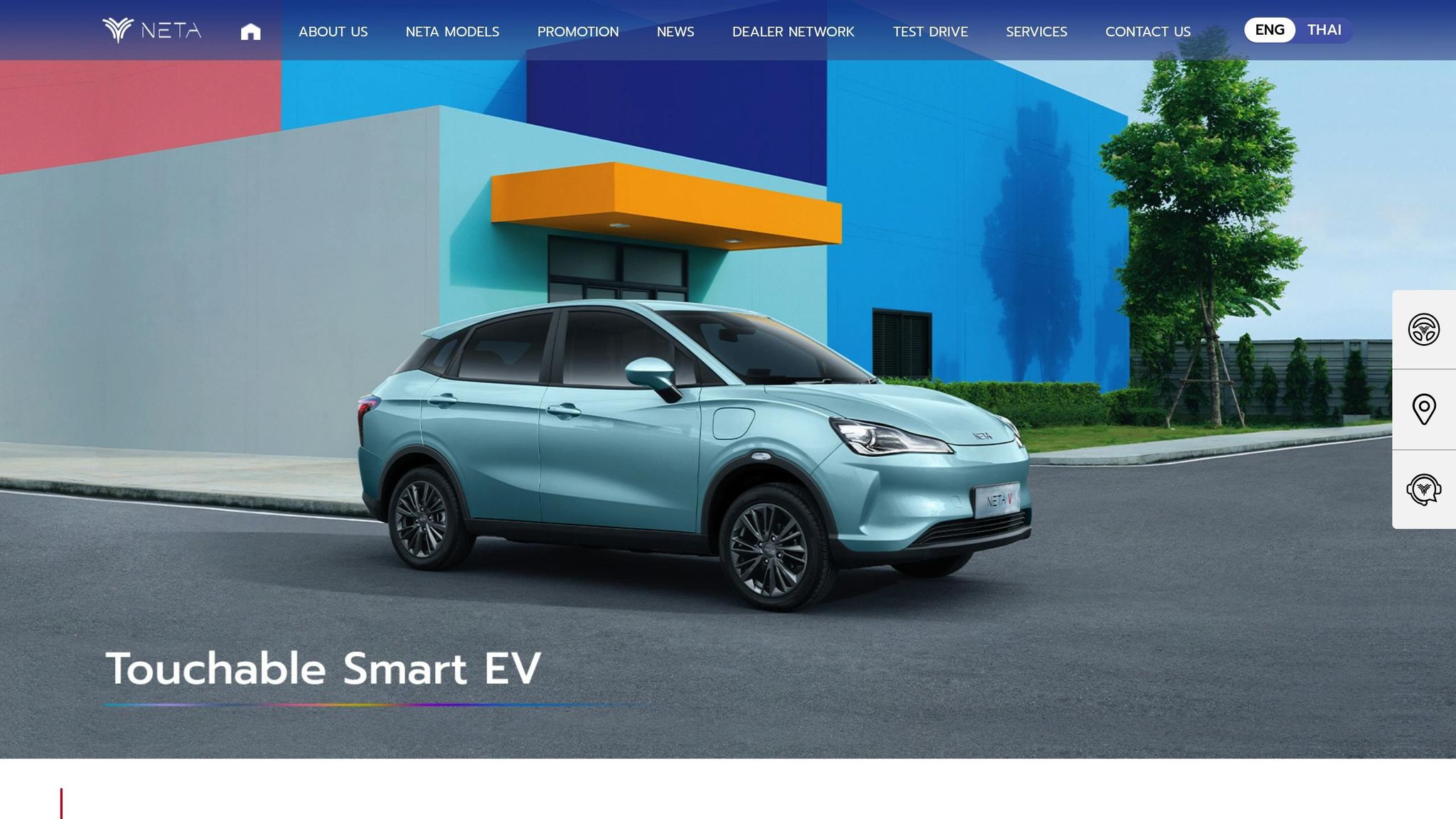
The Neta V is set to debut as a budget-friendly electric SUV in Kenya by 2025. Produced by Chinese automaker Hozon Auto, this compact crossover aims to deliver essential electric vehicle (EV) features at a price point that makes it an attractive option for those considering their first EV.
Price (USD)
The Neta V is expected to offer competitive pricing within the electric SUV market. Its affordability could make it a strong alternative to traditional gas-powered compact SUVs.
Battery Capacity
Equipped with a lithium iron phosphate (LiFePO4) battery, the Neta V prioritizes durability and safety. This type of battery is well-regarded for retaining its capacity over time, ensuring reliable performance for years to come.
Driving Range
While specific figures haven’t been released, the Neta V is expected to provide a range suitable for daily commutes and shorter intercity trips. It’s designed to handle a mix of urban and highway driving conditions.
Charging Options
The Neta V supports both standard home AC charging and fast DC charging. This dual capability makes it practical for everyday use while also accommodating longer journeys as Kenya continues to expand its EV charging infrastructure.
Suitability for Kenyan Roads
Built with urban driving in mind, the Neta V features front-wheel drive and stability control, making it a reliable choice for city roads, such as those in Nairobi. However, buyers may want to assess its performance on rougher rural roads to ensure it meets their specific needs.
2. BYD Dolphin
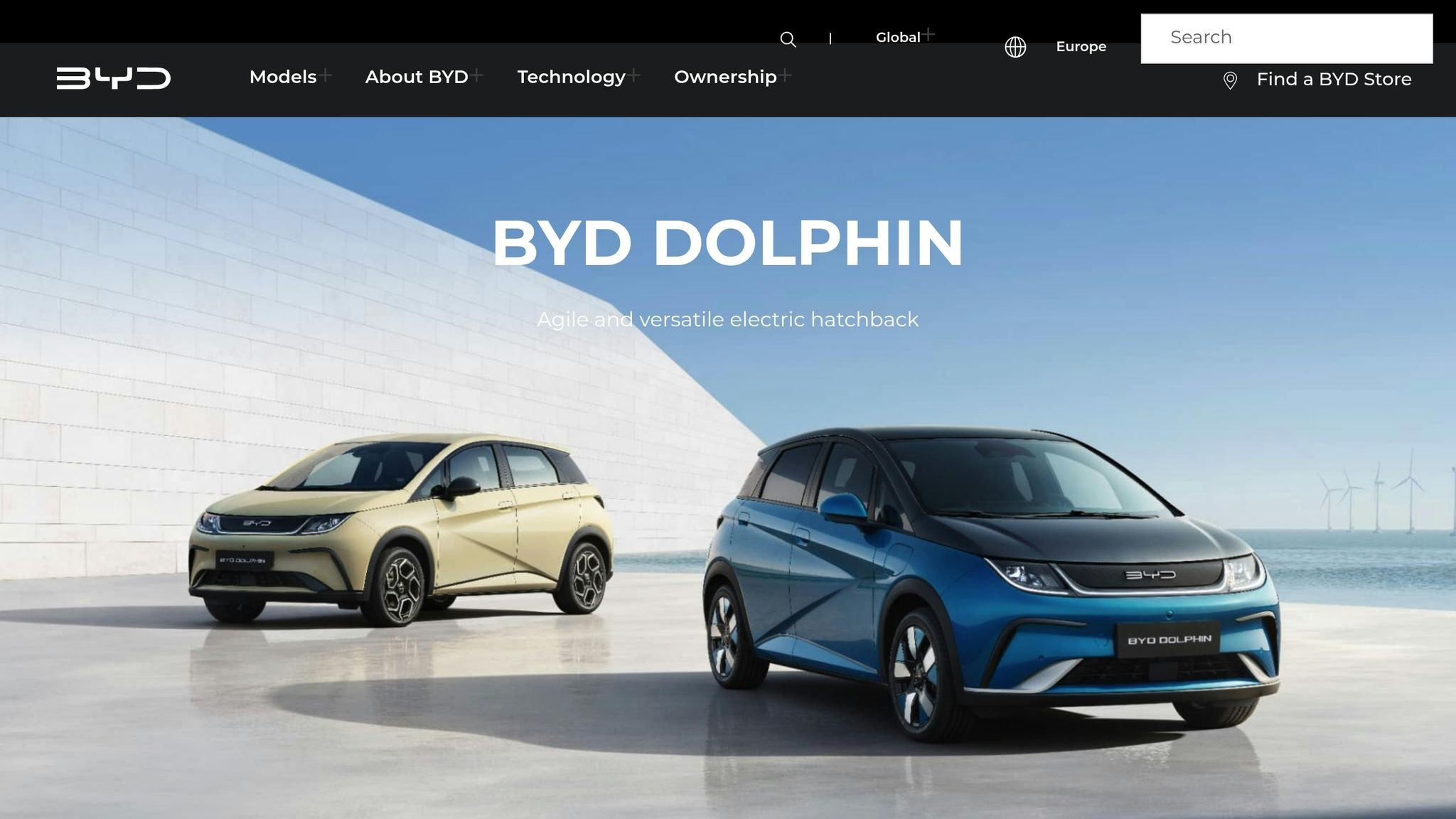
The BYD Dolphin is shaping up to be an affordable and practical choice for electric vehicle enthusiasts in Kenya. Positioned in the compact car category, it aims to provide a reliable solution for urban transportation with features tailored for everyday use.
Price (USD)
Pricing details haven’t been finalized yet, but it’s expected to be a budget-friendly option.
Battery Capacity (kWh)
The Dolphin is equipped with BYD’s Blade Battery, known for its safety and thermal stability. Specific battery capacity details are yet to be confirmed.
Driving Range (km)
Designed with daily commutes and occasional longer drives in mind, the Dolphin’s range is expected to meet the needs of most drivers. Official range figures are still awaited.
Charging Options
The car supports both AC charging, ideal for overnight home use, and DC fast charging for quicker top-ups at public stations.
Suitability for Kenyan Roads
With its compact design, the BYD Dolphin is well-suited for navigating Kenya’s urban landscapes. It handles crowded streets with ease and features regenerative braking to improve energy efficiency. Its design takes into account the varied road conditions often found in Kenyan cities, ensuring a smooth and reliable driving experience.
3. BYD Sealion 7
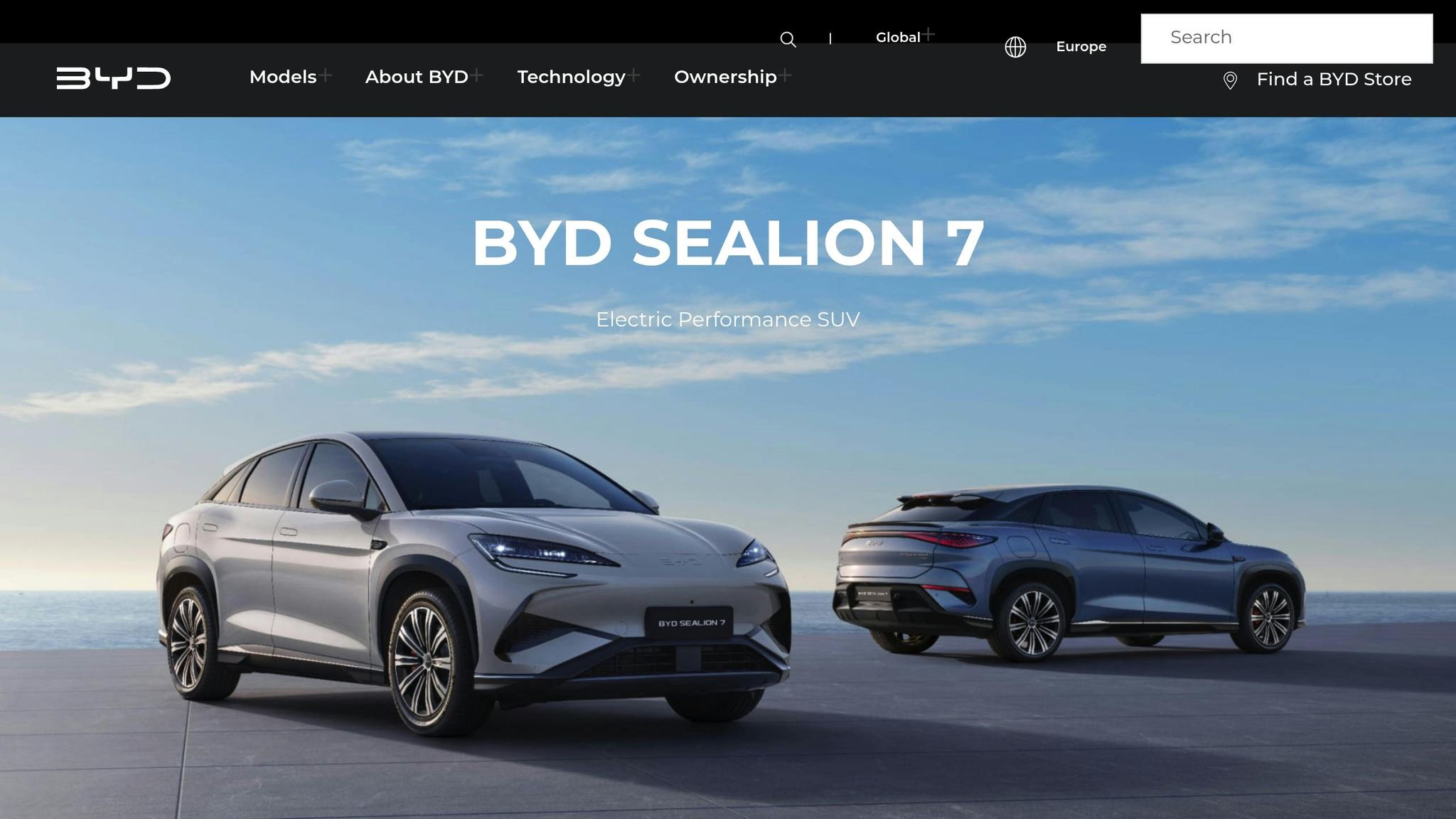
The BYD Sealion 7 is an anticipated mid-size electric vehicle (EV) aimed at premium buyers. Unlike budget-oriented models, this EV is designed to appeal to those seeking a more upscale experience. While full technical details and pricing remain under wraps, here’s what we can expect:
Price (USD)
Pricing details haven’t been released yet, but the Sealion 7 is positioned within the premium EV market.
Battery Capacity (kWh)
Although specific battery specs are unconfirmed, the Sealion 7 is expected to include BYD’s Blade Battery, likely offering multiple configuration options to suit different needs.
Driving Range (km)
The exact range is still unknown, but it’s anticipated to support both urban commutes and intercity travel, providing versatility for various driving scenarios.
Charging Options
The Sealion 7 will feature standard AC charging for convenient home use, along with DC fast charging for quicker recharges during longer trips.
Suitability for Kenyan Roads
The Sealion 7’s design hints at adaptability to Kenya’s varied road conditions. More insights on its performance will become available after road tests.
4. MG4
The MG4 is a compact electric vehicle set to hit Kenya’s market in 2025. It’s designed to offer a balance between affordability and functionality, making it an attractive choice for those ready to embrace electric mobility.
Price (USD)
Targeted at budget-conscious buyers, the MG4 is marketed as an affordable EV option for Kenyan consumers.
Battery Capacity
The MG4 comes with multiple configurations, all using dependable lithium iron phosphate batteries. This technology is well-regarded for its durability and extended lifespan.
Driving Range
With different battery options, the MG4 is built to handle both daily urban commutes and longer intercity drives, giving drivers flexibility.
Charging Options
The MG4 supports versatile charging options. It’s compatible with AC charging for home or office setups and also offers DC fast charging for quicker recharges. These features align well with Kenya’s growing charging infrastructure.
Suitability for Kenyan Roads
Designed with practicality in mind, the MG4 is equipped to handle Kenya’s diverse road conditions – whether it’s navigating busy city streets or tackling uneven rural paths.
sbb-itb-e5ed0ed
5. Dongfeng Nami Series

Hot on the heels of the MG4’s debut, the Dongfeng Nami Series is gearing up to make its mark in Kenya’s EV landscape. Scheduled for a 2025 launch, this series promises to add more variety to the market. However, specifics like pricing, battery capacity, driving range, and charging options are still under wraps.
6. Nissan Leaf
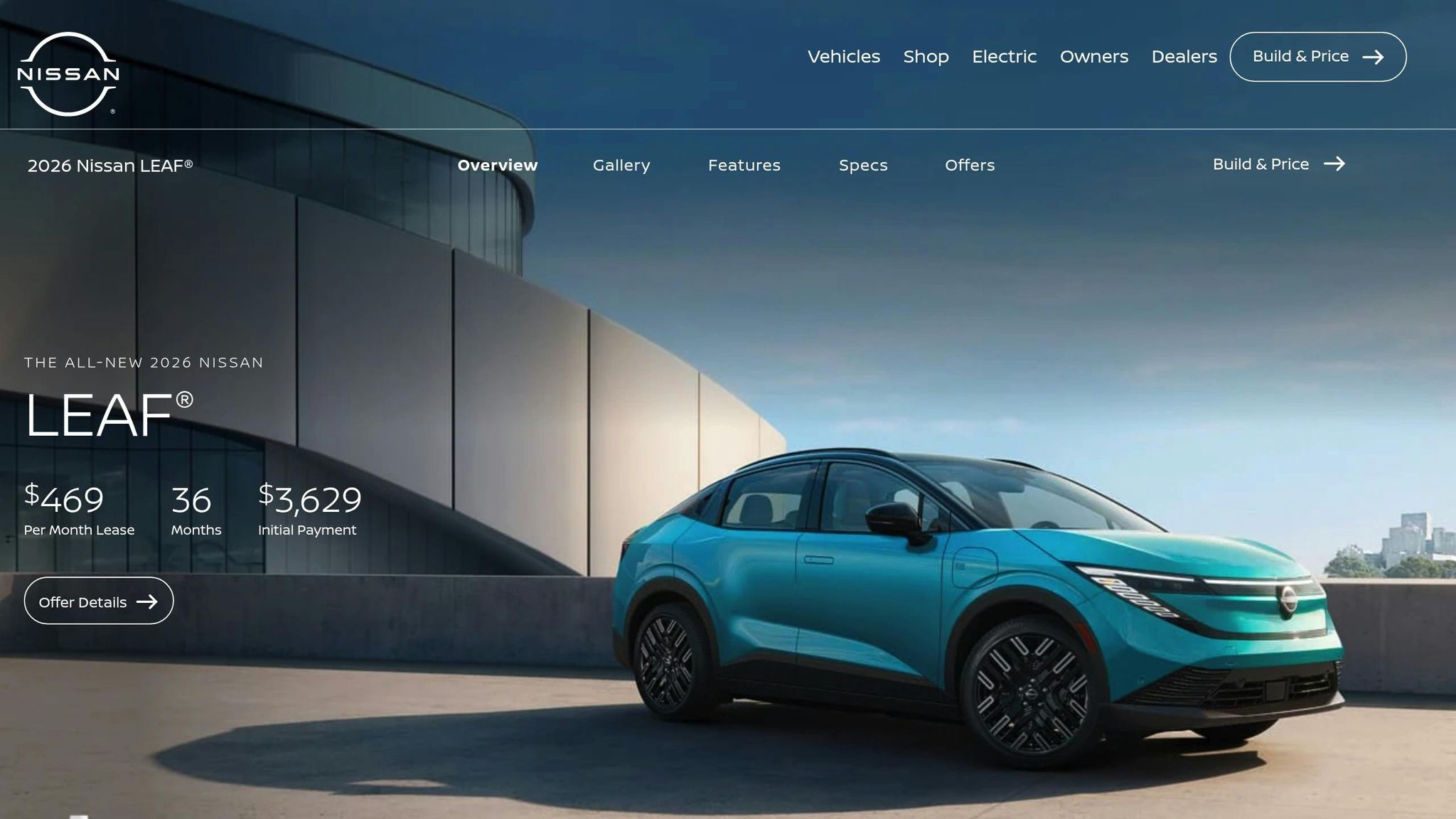
The Nissan Leaf stands out as a reliable choice for electric vehicle enthusiasts in Kenya. Known as one of the early pioneers in the EV space, the Leaf brings years of refinement and a well-established support network to the table, making it a trusted option for the 2025 Kenyan market.
Price (USD)
While exact pricing details are yet to be confirmed, the Leaf is expected to offer a competitive mid-range option for buyers.
Battery Capacity (kWh)
The Leaf comes with multiple battery configurations, allowing drivers to choose based on their driving habits and budget.
Driving Range (km)
With its range depending on the chosen battery, the Leaf is ideal for daily urban commutes and moderate-distance trips. However, the actual range may vary depending on road and weather conditions.
Charging Options
The Leaf supports versatile charging solutions. It offers convenient AC charging for home setups and faster DC charging through the CHAdeMO system, ensuring flexibility for different charging needs.
Suitability for Kenyan Roads
Designed primarily for city driving, the Leaf’s front-wheel-drive system and regenerative braking make it a great fit for Kenya’s paved roads. However, those venturing onto rougher terrains might want to assess its capabilities more closely before committing.
Advantages and Disadvantages
Electric vehicle (EV) models in Kenya in 2025 come with both benefits and challenges. Here’s a breakdown of the key points to consider:
Advantages
- Some models are designed with extended ranges, making them a solid choice for longer drives.
- Advanced battery technology ensures dependable performance across different conditions.
- A growing variety of models caters to a wide range of budgets and preferences, offering more personalized choices for buyers.
Disadvantages
- Charging infrastructure can vary, and some charging standards may not be widely accessible, which could affect convenience.
- Models designed for city use might struggle on rough or uneven roads, which are common in certain regions.
- Long-term ownership costs, such as maintenance and battery replacement, can add up over time.
- Under demanding conditions, like heavy traffic, actual driving range might fall short of manufacturer claims.
When choosing an EV, it’s essential to weigh these factors against the specific features and capabilities of each model. This will help you find the vehicle that aligns best with your driving habits and needs.
Conclusion
Kenya’s electric vehicle market in 2025 promises options for every budget and lifestyle. Whether you’re looking for an affordable ride like the Neta V or a high-end choice such as the BYD Sealion 7, there’s something to suit your needs and wallet.
For budget-conscious buyers, compact models like the Neta V and MG4 provide essential EV features and enough range for everyday commuting. Families searching for a balance of modern technology and reasonable pricing might find the BYD Dolphin a great fit.
On the luxury end, vehicles like the BYD Sealion 7 and the premium Nissan Leaf deliver advanced features and longer ranges. If you’re looking for something in between, the Dongfeng Nami Series offers versatile configurations with competitive specifications.
Beyond the specs and price tags, owning an EV comes with long-term perks. Lower fuel and maintenance costs, combined with Kenya’s growing charging infrastructure and government incentives, make EV ownership a smart and sustainable choice.
When picking the right EV, think about your daily driving habits and charging needs. Compact models are ideal for short urban commutes, while vehicles with larger batteries are better suited for longer drives. Your budget, driving patterns, and access to charging stations will ultimately help you find the perfect match.
FAQs
What are the long-term costs of owning an electric car in Kenya, including battery replacement and maintenance?
The ongoing costs of owning an electric vehicle (EV) in Kenya mainly revolve around battery replacement and routine maintenance. Among these, battery replacement stands out as the biggest expense. EV batteries typically last between 8 and 10 years, depending on how they’re used and maintained. However, with advancements in technology, these costs might decrease by 2025.
On the other hand, maintenance costs for EVs tend to be lower than those for traditional gas-powered vehicles. This is because EVs have fewer moving parts, which means fewer components are prone to wear and tear. That said, owners should still plan for regular expenses like tire replacements and brake servicing. Access to dependable charging stations also plays a role in preserving battery health, ultimately helping to manage long-term costs more effectively.
How does Kenya’s charging infrastructure affect owning an electric car?
The decision to own an electric car in Kenya hinges heavily on the availability of charging stations. By 2023, there were 67 public chargers across the country, and this number is expected to surpass 200 by 2025. While this growth is promising, some areas still lack sufficient access. For those living in regions with fewer charging points, opting for an EV with a longer driving range could be a smarter choice.
With plans to install 10,000 chargers by 2030, the infrastructure for electric vehicles is steadily improving. Even so, it’s crucial to factor in how close you are to charging stations and ensure your vehicle is well-suited to Kenya’s roads and energy landscape before making your purchase.
How can I decide between affordable and premium electric cars in Kenya by 2025?
When choosing between budget-friendly and high-end electric cars in Kenya by 2025, it’s important to think about your budget, daily driving needs, and access to charging stations. For city driving and shorter trips, affordable options like the Nissan Leaf offer a practical and economical solution. Meanwhile, premium models such as the Hyundai Kona Electric deliver extended driving ranges, quicker charging times, and advanced tech.
If you’re looking for more room to accommodate family or cargo, the MG ZS EV might be the right pick. For those who enjoy cutting-edge tech, models like the BYD Dolphin or Kia EV6 could stand out. The key is to balance what matters most to you – whether it’s cost, range, or features – while keeping in mind Kenya’s expanding EV infrastructure.
Related Blog Posts
- Guide to Electric Vehicle Charging Stations in Kenya
- Car prices in Nairobi 2025
- Kenya considers new EV policies to support local adoption
- Why Car Prices in Kenya Are Changing in 2025

